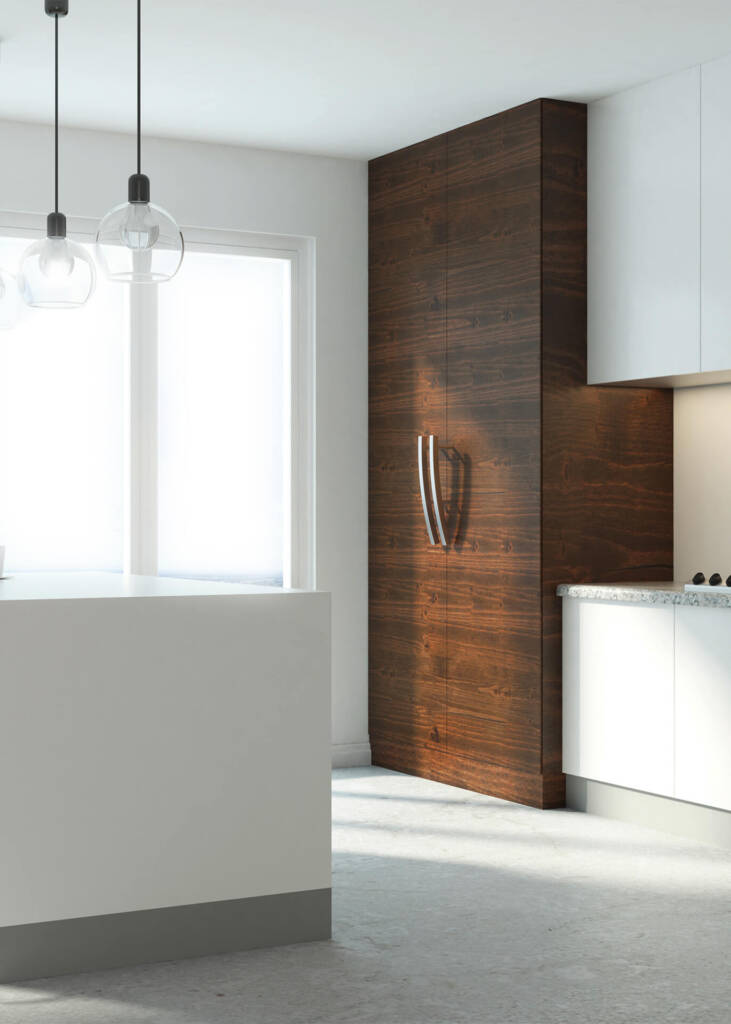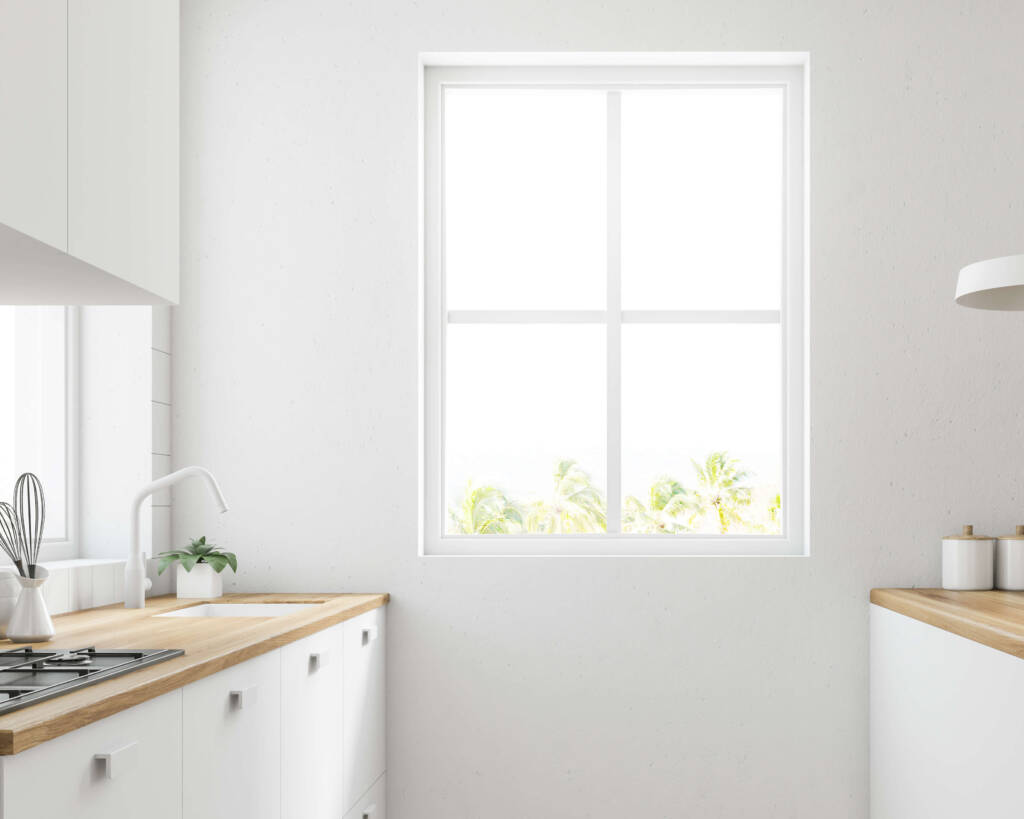Windows play a crucial role in your home’s comfort, energy efficiency, and aesthetics. Over time, even the best windows can start to show signs of wear and tear, leading to issues that can impact your home’s environment and your energy bills. If you’ve noticed any of the following signs, it might be time to consider replacing your old windows. In this blog, we’ll explore the top 5 indicators that your windows are no longer performing as they should.
1. Difficulty Opening and Closing
One of the first signs that your windows need to be replaced is when they become hard to open or close. This could be due to several factors, including:
- Warped frames: Materials like wood can swell and warp over time due to moisture.
- Rusty or broken hardware: Older windows with metal components may rust, while other parts can become brittle and break.
If you have to struggle with your windows, it’s more than just an inconvenience—it’s a sign that their functionality has diminished. Windows that don’t close properly can also compromise security and insulation.
2. Drafts and Air Leaks
Drafty windows are a common issue in older homes. If you feel cold air coming in even when the windows are closed, it’s likely due to poor seals, gaps, or worn-out weatherstripping. These drafts not only make your home uncomfortable but also force your heating and cooling systems to work harder, leading to higher energy bills.
You can check for drafts by holding a lit candle or incense stick near the window frame on a windy day. If the flame or smoke moves, it’s a clear sign of an air leak.
3. Condensation Between the Glass Panes
Double- or triple-glazed windows are designed with insulating layers of gas between the panes. If you notice condensation or fogging inside the glass, it means that the seal has failed and the insulating gas has escaped. This reduces the window’s ability to insulate your home and can result in higher energy costs.
While minor condensation on the surface can be normal, moisture trapped inside the glass is a sign that the window is no longer providing adequate insulation.
4. Rising Energy Bills
Have your energy bills increased unexpectedly? Windows are a major factor in your home’s energy efficiency. Old or inefficient windows can allow heat to escape in the winter and let hot air in during the summer, making your HVAC system work overtime.
If your windows are drafty or no longer insulate well, you’ll likely see a spike in your heating and cooling costs. Upgrading to energy-efficient windows can lead to substantial savings on your energy bills over time, while also improving the comfort of your home.
5. Visible Damage or Rot
Finally, visible signs of damage are a clear indication that your windows need to be replaced. This can include:
- Cracked or broken glass: Even small cracks can affect insulation and security.
- Rotting frames: Wooden window frames are especially prone to rot over time, especially in humid climates.
- Peeling paint: This may indicate moisture infiltration, which can lead to mold growth or further structural damage.
In some cases, visible wear and tear can be repaired, but if the damage is extensive, a full replacement is often the best solution to avoid future issues.


Conclusion: When to Consider Replacement
If you’re experiencing any of these issues with your windows, it may be time to invest in replacements. Modern windows offer improved energy efficiency, better security, and enhanced curb appeal, making them a worthwhile investment for your home. Replacing old windows with high-quality, energy-efficient options can save you money in the long run while improving the comfort and value of your home.
For professional advice or to explore our range of energy-efficient window solutions, contact us today. Let us help you find the perfect windows for your home!